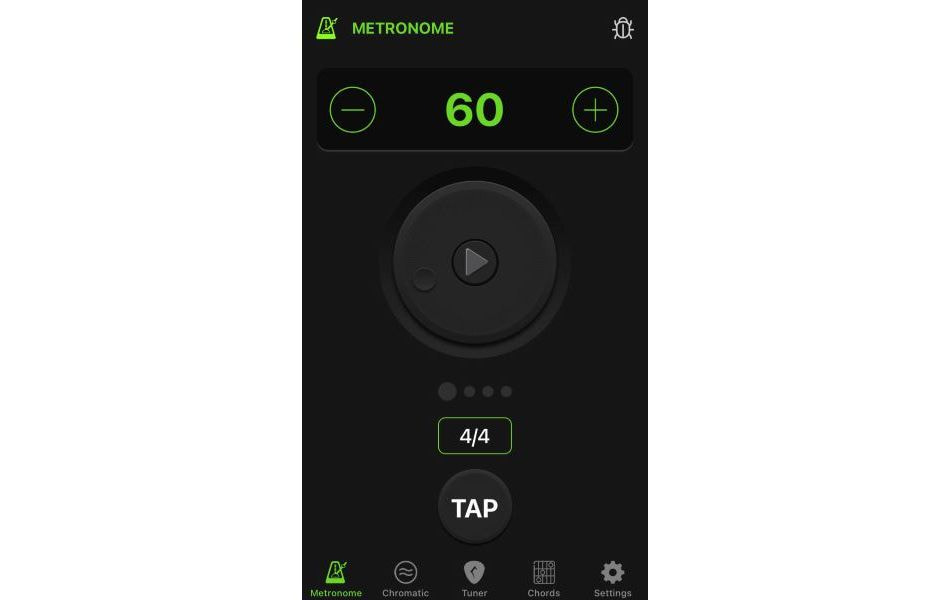Setting the metronome in 3/4 time signature is a fundamental skill for musicians seeking to refine their rhythmic precision. Understanding how to effectively set the metronome in 3/4 time is essential for musical development. Join us as we delve into the techniques and strategies for configuring the metronome to enhance your rhythmic mastery in 3/4 time signature.
Overview of 3/4 time signature
The time signature in music indicates the number of beats in each measure and the type of note that receives one beat. In a 3/4 time signature, there are three beats per measure, and the quarter note (♩) receives one beat.
Each measure in 3/4 time contains three beats, and the quarter note represents one beat. The beats are typically counted as “1, 2, 3” or using the words “one, two, three.
In sheet music, the 3/4 time signature is written at the beginning of the staff, indicating the number of beats per measure and the type of note that receives one beat. The time signature appears as a fraction, with the top number indicating the number of beats per measure and the bottom number representing the type of note that receives one beat.

Importance of using a metronome in 3/4 time
A metronome provides a consistent beat that helps musicians maintain a steady tempo throughout a piece of music in 3/4 time. Operating by emitting audible clicks or pulses at regular intervals, known as tempo, measured in BPM (beats per minute), the metronome establishes a reliable beat for musicians to follow
Even seasoned professionals rely on metronomes to uphold a steady tempo, guaranteeing a flawless performance and cohesive musical expression. While traditional metronomes were mechanical in nature, modern advancements have led to electronic devices and software applications, offering enhanced flexibility and convenience in tempo adjustment for today’s musicians.
Setting up the metronome in 3/4 time
Setting up the metronome in 3/4 time involves a few simple steps. Firstly, ensure that the metronome is set to the 3/4 time signature, indicating three beats per measure.
Next, adjust the tempo to the desired speed using the BPM (beats per minute) control. Consider subdividing the beats into quarter notes, although you may opt for further subdivisions like eighth notes for complex rhythms.
Some metronomes also allow for accent settings, particularly useful for emphasizing the first beat of each measure. Once set, start the metronome, and you’ll hear a steady beat corresponding to 3/4 time.
When selecting a tempo for beginners using a metronome in 3/4 time, opt for a slow and manageable pace to aid comprehension and adjustment. A tempo ranging from 60 to 80 BPM (beats per minute) is often suitable for novices.
However, it’s crucial to tune into your body and sense the rhythm. Should the tempo feel overly brisk, simply decrease it. The primary objective is to foster a conducive learning environment, allowing beginners to enhance their comfort and confidence with the rhythm before considering tempo escalation.
In conclusion, mastering the setup of a metronome in 3/4 time signature is essential for musicians of all levels. By following the steps outlined in this guide and practicing regularly with the metronome, musicians can enhance their rhythmic accuracy and musical performance
